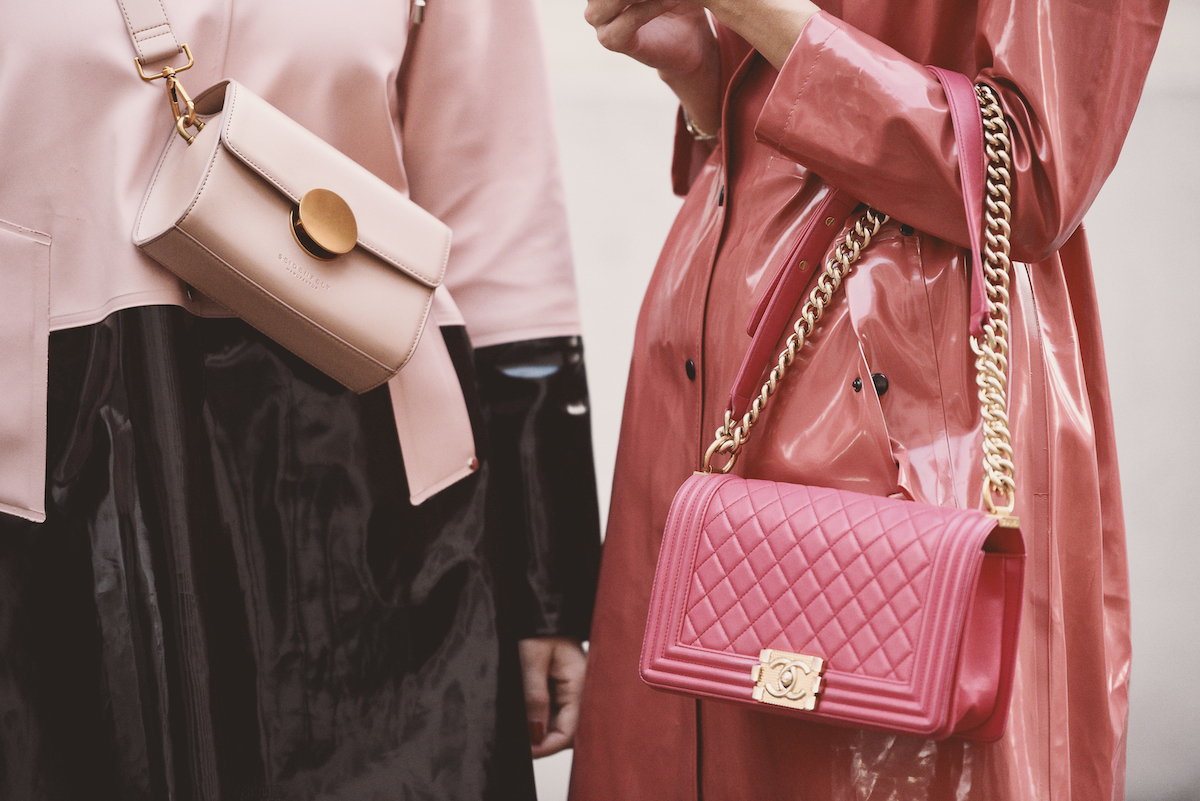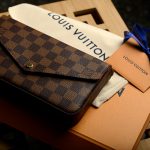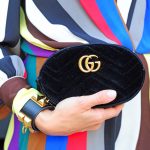Wanting to purchase a second-hand luxury item? Read this first.
If you love a bit of Gucci, can’t live without your Louis, you pray for Prada, think Fendi is always worth fighting for, you’d die for Dior and Chanel is simply just Chanel… we understand.
Thanks to an array of online and in store services, shoppers can often purchase luxury second-hand goods at a reasonable price – and with eco-friendly benefits. But, like all good things in life, you must wait. Purchasing from a luxury consignment retailer isn’t as easy as what it seems to be. Nonetheless, to help you with your tasteful shopping habits, we’ve listed the five most important tips to remember when purchasing second-hand pieces:
1. Purchase from a trusted consignment retailer
Whether you’ve already found the item you’d like to purchase or you’ve just begun searching for a luxury item – be it clothing, accessories, homewares or more – your first step will be researching for a genuine retailer that will stock your item or is somewhere you can use in the future. Online this can be a tricky situation especially if the retailer is based overseas. But, first, stick to something local or Australian based. From here we would advise you to conduct your own personal research – read through reviews on their website and give it a search on other sites like Google, Facebook and Instagram. Next, if there’s any contact information available, feel free to reach out to the company to try and gauge some background information on the type of consignment retailer or seller they are.
2. Read reviews
Whether you’re purchasing from a consignment business or from a public marketplace, always read reviews – both the good and the bad. Weighing up your options to purchase from any particular business can ultimately depend on previous experiences from other buyers. If they were bad reviews, why was it? Was the item lost? Was it a fake? Or, putting it simply, was shipping delayed? Again, don’t just stop on their website. Opt for platforms such as Google, Facebook, Instagram, forum boards or even ask a friend if they’ve had previous experience with this retailer.
- Dior bag. Photographed by Creative Lab. Image via Shutterstock
- Louis Vuitton bag. Photographed by Levent Konuk. Image via Shutterstock
3. Inspect the listing and condition
Sometimes this can be the most daunting and the most disappointing task out of the process: inspecting the listing. A good sign of authenticity and originality is an array of photos provided. Or, if the retailer is able to offer more imagery upon request. With this, the key things that you will need to look out for are any signs of wear or tear and also original branding to signify that the item is in fact real and not a fake. If you’re unsure if the photos are copies, ask the seller to send you a photo of a specific feature of the item.
On top of that, a detailed description is always good to look out for. Here, the retailer will include what the item includes such as original boxes, dust bags, original packaging, receipts and authenticity cards; the original retail price, the condition, the price they are selling it for and any other important specs for you to know. Again, if you are unsure or you would like more information on this, we’d recommend you getting in touch with the retailer to obtain this information. If the retailer is refusing to share this information and ultimately refusing to confirm its authenticity, we would strongly advise you to rethink your purchase.
Just remember, pictures can be deceiving!
4. Compare the price
Depending on the type of item you’re looking to purchase and the business you are purchasing from, the majority of the time the product will be previously used, unless stated otherwise. Experienced consignment retailers will usually list the original retail price of the item if purchased brand new in store, alongside the price that they are selling it for. This is an important factor to remember. Here, as a buyer, you will need to justify whether the condition of the item is worth the price the retailer is asking for. In some instances it may be ideal for you to purchase the item brand new without resorting to consignment businesses. Another important factor to also remember with the price is the fee attached to the item that the consignment business charges.
- Gucci bag. Photographed by DELBO ANDREA. Image via Shutterstock
- Chanel bag. Photographed by Creative Lab. Image via Shutterstock
5. Authentication
By this point you are most likely settled that you are going to purchase this item. But, the most important factor to remember throughout this process is authentication- proof that it is a product from the brand it says it is, and not a fake. To do this you can do a number of things:
– Does this item have an original receipt and authenticity card provided?
– Learn how to spot a fake with specific brands or the item you are looking for.
– Compare this item with another item online or in store – what are some notable differences?
– Ask a friend to also have a look over the listing and the item – a second opinion is always helpful.
– Go into one of the brand’s current stores and have a shop assistant verify the item. For this you may need to show them the listing and or verify the receipt and authenticity card numbers. They’ll be better trained to spot issues or fake features.
Now, just wait patiently for the postman to arrive!
Are you a fashion fiend? Wanting to fixate your guilty pleasures? Or, are you wanting to live your life like a designer label? Now you can with these five luxury fashion brands! Better yet, check out these Australian entrepreneurs who have created the most fashionable face mask yet!






